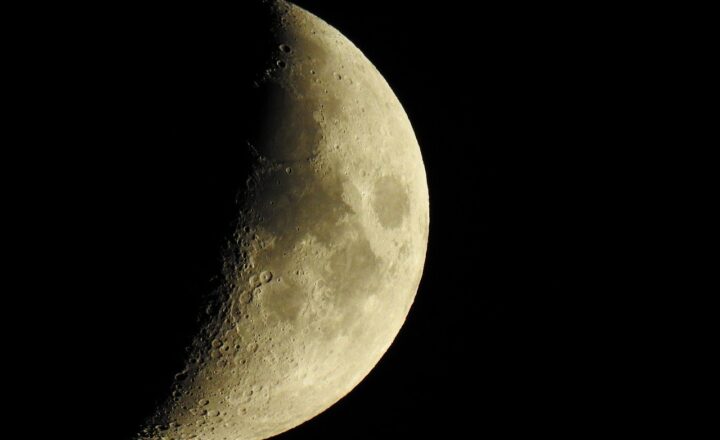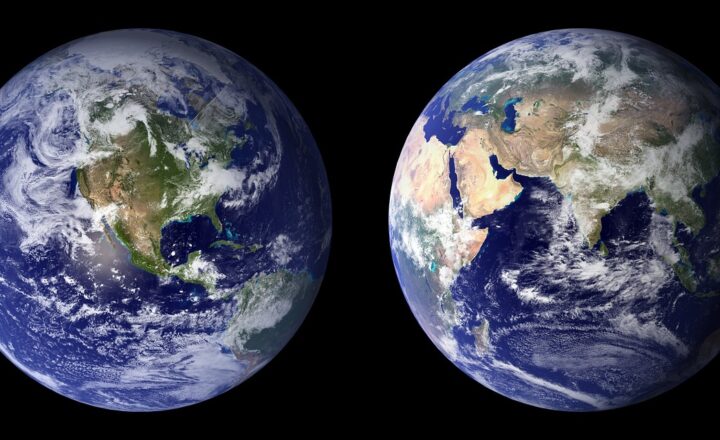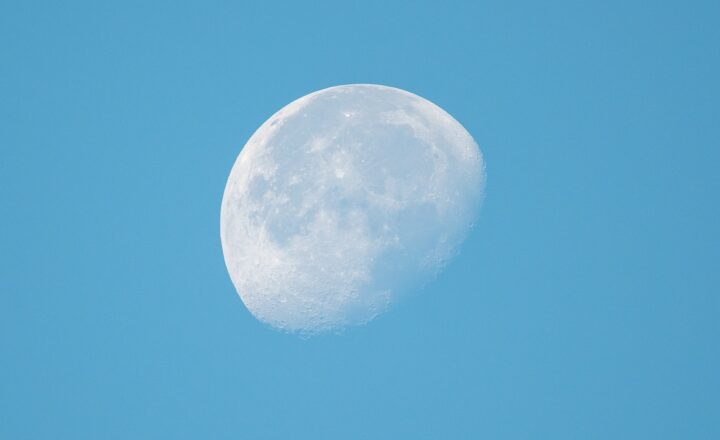How the Moon Has Inspired Myths, Legends, and Scientific Exploration
November 16, 2024

The moon, our closest celestial neighbor, has captivated humanity for millennia. Its bright presence in the night sky has wielded a profound influence on culture, science, and the arts. From ancient myths and legends to groundbreaking scientific exploration, the moon stands as a testament to human curiosity and creativity. In this article, we delve deep into how the moon has inspired myths throughout various cultures, shaped legends, and spurred scientific inquiry that has advanced our understanding of the universe.
1. The Moon in Ancient Myths
The moon has been revered across civilizations as a powerful symbol. Ancient cultures integrated the moon into their mythology, attributing it with various meanings and roles.
1.1. The Greek and Roman Myths
In Greek mythology, Selene is the goddess of the moon, often depicted riding a chariot across the night sky. Her counterpart in Roman mythology is Luna, who shared similar attributes. Both goddesses represent the beauty and mystery of the moon, inspiring stories of love, longing, and tragedy.
1.2. Moon Deities in Other Cultures
Similarly, in ancient Egypt, the moon was personified by Thoth, the god of wisdom and writing, signifying the moon’s association with knowledge and timekeeping. Native American tribes have myriad myths surrounding the moon, often depicting it as a powerful ally or protector. Each story varies, but the central theme reflects a deep respect for the moon and its celestial influence.
2. Legends and Folklore: The Moon’s Influence
Legends about the moon permeate cultures and often explore themes of love, fate, and the supernatural.
2.1. The Man in the Moon
A common legend in Western culture is that of the “Man in the Moon,” an image perceived by many in the moon’s surface markings. This story has inspired countless works of art and literature, reflecting humanity’s tendency to personify celestial bodies.
2.2. Lunar Eclipses: Omens and Warnings
Lunar eclipses historically sparked fear and superstition. Various cultures saw them as omens signifying disaster or as a cosmic battle between gods. These interpretations illustrate the moon’s power to generate awe and fear across societies.
3. The Scientific Exploration of the Moon
Scientific curiosity has always driven humanity to explore the moon, leading to significant advancements in our understanding of space.
3.1. The Space Race and the Apollo Missions
The mid-20th century marked a historic period known as the Space Race, where the U.S. and Soviet Union competed for dominance in space exploration. The U.S. Apollo program culminated in 1969 when Neil Armstrong and Buzz Aldrin became the first humans to set foot on the lunar surface during the Apollo 11 mission, leaving an indelible mark on history and science.
This momentous achievement was not just a triumph of technology but a symbol of human aspiration, demonstrating that against all odds, humanity could reach beyond its earthly confines.
3.2. Scientific Discoveries from Lunar Exploration
Scientific research gathered from lunar missions has advanced our knowledge of planetary formation, geological processes, and the history of our solar system. Samples collected during manned missions have provided insight into the origins of both the moon and the Earth.
In addition, ongoing research from lunar satellites continues to unveil mysteries, such as the presence of water ice at the lunar poles and the moon’s geological history.
4. The Moon’s Continued Cultural and Scientific Impact
Even today, the moon retains its influence over culture and science.
4.1. The Moon in Modern Culture
The moon continues to inspire art, literature, and music. From classical compositions to contemporary songs, the moon often symbolizes love, mystery, and longing. Visual art, from paintings to photography, features the moon as a central motif, capturing its captivating essence.
4.2. Future Lunar Missions
In recent years, renewed interest in lunar exploration has emerged. NASA’s Artemis program aims to return humans to the moon by the mid-2020s, focusing on sustainable lunar exploration and research. This venture underscores not only scientific ambition but also humanity’s desire to explore further, potentially preparing for future missions to Mars and beyond.
Conclusion: The Moon as a Source of Inspiration
The moon has profoundly shaped human culture, legend, and scientific exploration throughout history. Its gravitational pull extends beyond the physical realm—it pulls at the strings of our imagination, driving us to celebrate poetic tales or endeavor to unlock the universe’s secrets. As we look to the future, the moon will undoubtedly continue to inspire generations, both in our myths and in our quest for knowledge beyond Earth.
What remnants will the next astronomical missions leave in the stories we craft about our celestial companion? Only time will tell, but the moon’s legacy as a symbol of mystery and exploration is assured.
In this vast universe, the moon will always be a symbol that incites wonder, inspiring us to dream big and explore beyond our limits. It stands not only as a beacon in the night sky but also as a backdrop to our most daring ambitions and creativity.







